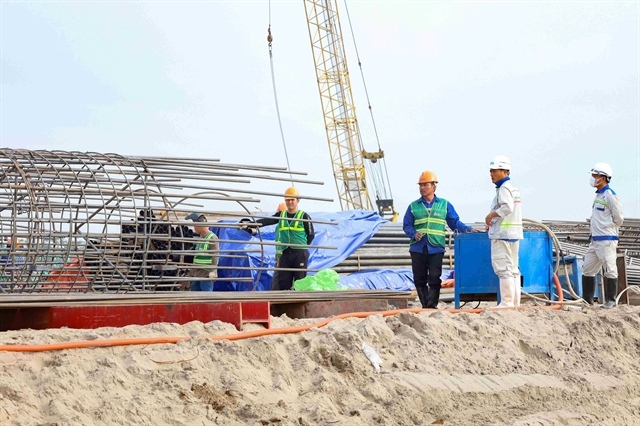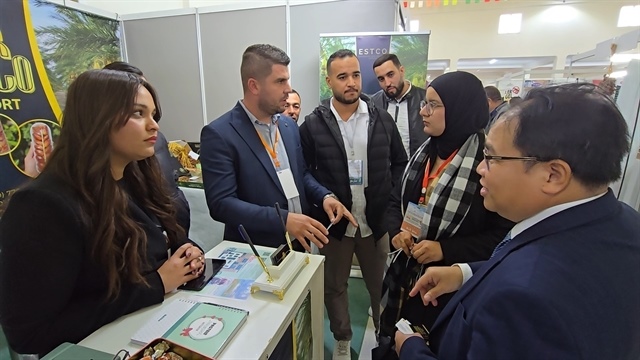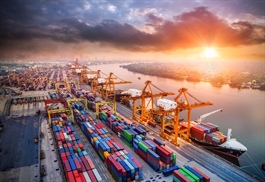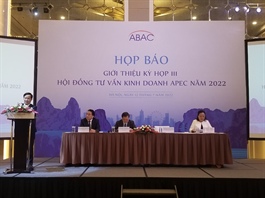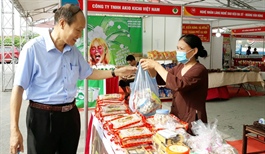Vietnamese Gov’t launches RCEP action plan
Vietnamese Gov’t launches RCEP action plan
The deal represents an opportunity for Vietnamese companies to diversify their supply chains for greater productivity and competitiveness.
The Vietnamese Government today [July 13] launched an action plan for the implementation of the Regional Comprehensive Economic Partnership (RCEP), focusing on a number of measures to support the local business community in taking advantage of opportunities from the agreement to boost exports and economic growth.
Speaking at the conference, which was jointly held by the Ministry of Industry and Trade (MoIT) and the Ministry of Agriculture and Rural Development (MARD) in Hanoi, Minister of MoIT Nguyen Hong Dien said the Covid-19 pandemic has posed unprecedented challenges to countries around the world during the past two years, including Vietnam.
“Vietnam, however, has overcome difficulties and gained strong results in various fields, especially in trade performance,” he added.
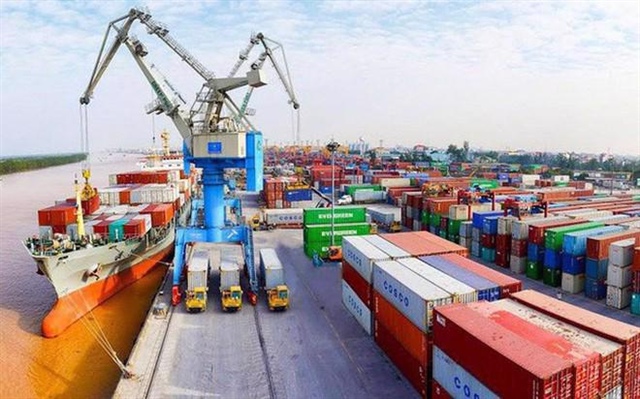
Overview of the conference. Source: MoIT |
In 2021, Vietnam’s trade turnover for the first time surpassed the US$670-billion mark, representing an increase of 23% year on year. The result has propelled Vietnam into the world’s top 20 countries in terms of trade turnover. Of which, export growth went up by 19%, beating the expectation by 15%, and contributed to Vietnam’s sixth consecutive year of trade surplus at US$4 billion.
“Vietnam’s trade results continued to pick up where it left off last year and contributed positively to the overall economic growth,” Dien said, adding that these achievements are partly thanks to impacts from free trade agreements (FTAs) that Vietnam is a part of.
As of present, Vietnam is a member of 17 FTAs and is among the frontrunners in the region for actively taking part in a bilateral and multilateral economic framework, with the latest being the RCEP.
The deal was signed between 10 ASEAN country members and five partners of Japan, South Korea, China, Australia, and New Zealand on November 15, 2020, and later become effective on January 1, 2022.
RCEP is seen as a continuity of four existing FTAs between ASEAN and its partners, making it the world's largest FTA that comprises one-third of the world’s population and GDP.
“The deal with its rule of origin applicable for all 15 members are set to bring huge opportunity for Vietnamese business community in promoting new supply chains, and also an access to major world’s markets,” he continued.
Dien pointed out the fact that several RCEP members are not only key suppliers of input materials for the world but also Vietnam’s largest trading partners (China, South Korea, Japan).
“These are favorable factors for Vietnamese firms to optimize their supply chains and enhance their competitiveness,” Dien said.
Once fully implemented, the RCEP would be the world’s largest free-trade bloc with nearly 2.2 billion customers.
Besides RCEP’s advantages, experts also stressed challenges for Vietnam due to the high competitiveness levels among members.
General Secretary of the Vietnam Chamber of Commerce and Industry (VCCI) Tran Thi Lan Anh added many countries in RCEP have similar economic structures to Vietnam but with strong expertise, financial capability, and competitiveness.
Lan Anh, nevertheless, is confident of the huge benefits that RCEP could bring for local businesses, especially as country members currently make up Vietnam’s 70% imports and 40% exports.
General Secretary of the Vietnam Fruit and Vegetable Association (VinaFruit) Dang Phuc Nguyen expected enterprises to up their effectiveness and turn challenges into opportunities to keep hold of both domestic and foreign markets.
He also stressed the necessity for businesses to be aware of different regulations from countries before engaging in economic transactions to avoid any unnecessary hurdles and complications.


